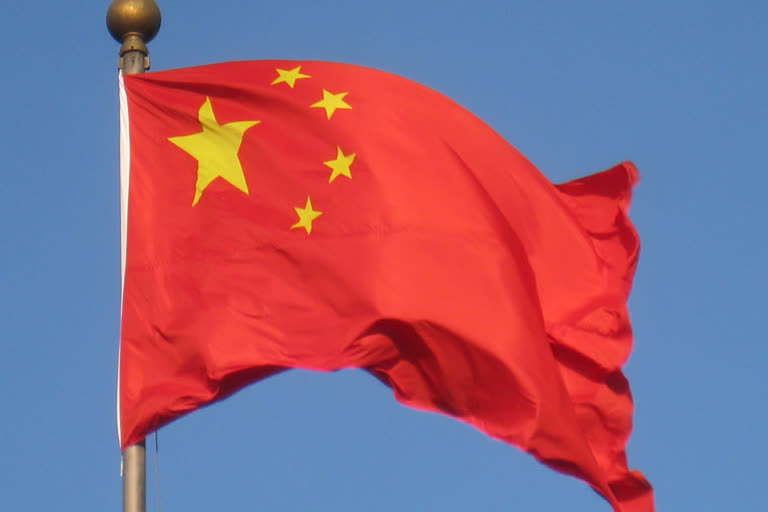Hyderabad: Sri Lankan government’s decision to pull out of the East Container Terminal (ECT) deal is yet another example of how China discreetly creeps in to stall the projects that involve Indian collaboration.
The agreement among India, Japan and Sri Lanka to set up the ECT at Colombo port was inked in 2018 during the Maithripala Sirisena-Ranil-Wickremesinghe administration after Mahinda Rajapaksa defected from Srisena-led Sri Lanka Freedom Party (SLFP). It was President Wikeramasinghe who joined hands with SLFP and made the Memorandum of Cooperation (MoC) possible among the partnering countries.
In one of the cabinet meetings, when Wikeramasinghe had pitched for foreign investments to upgrade the ECT, there was a heated exchange of words between him and the Srisena.
The agreement primarily was aimed at reducing the Chinese influence in the region and to maximise Sri Lanka's profit from the project. If the partnership had succeeded, the country would have retained 100 per cent ownership and the 51 per cent of partnership stake in the operation would remain with the owner. In other projects involving China and Sri Lanka, the Asian economic giant retains the major stake.
However, the Rajapaksa brothers ran a sustained campaign against the trilateral agreement on the ECT, which not only demonized the very project but also gave them an edge over opponents in 2020 elections. It instigated the agitating, gullible port union workers further to resist the ECT agreement at the Colombo port. It became the part of the election campaign of Rajapaksa and he promised the agitating workers that he would get the ECT agreement nullified. After Rajpaksas came into power it became amply clear that many things would change for India in the Island nation.
READ: Making China’s investment in Gilgit Baltistan a hassle-free venture
The ECT project was an eyesore for China as it is close to the Colombo International Container Terminal, where China partners with Sri Lanka and holds a maximum share of 84 per cent in the 1.4 billion dollar project.
It becomes important to understand how China grew its footprints in the neighbourhood and beyond, undermining the interests of other nations. It is the China’s massive Belt and Roads Initiative and subsequent maritime trade routes that are aimed at forging a network of roads to expand its economic and political influence in Asia, Europe and beyond.
China wants its objectives to be fulfilled and unchallenged. Given India’s size and geopolitical position, it makes New Delhi, by default, a potential challenger to China’s policy of expansionism. Which is why China chases India everywhere and tries to derail all its developmental projects to hit the nation economically.
Apart from the ECT, the Chabahar-Zahedan rail link, which India was supposed to construct through its construction agency IRCON, got jolted briefly after China stealthily met Iranian leadership to keep India off the project. Unlike Sri Lanka, however, Iran has not shut the options for India completely. In fact, India’s activity at the Chabahar port has intensified particularly after Donald Trump’s unceremonious exit from the White House.
The divisive politics for China
Rajapaksa brothers and their support base in the Buddhist-Sinhali ethnicity has grown tremendously after they floated their own party — the Sri Lanka Podujana Peramuna (SLPP or People’s Front). The new People’s Front bulldozed the political landscape of two major parties of the Island, Sri Lanka Freedom Party (SLFP) and the United National Party (UNP).
Though Mahinda Rajapaksa had his earlier stint as the Prime Minister of Sri Lanka from the SLPF quota, it was his younger brother who prudently thought of launching his own party, with China’s blessings, to bring back Rajapaksa into power. Otherwise, Mahinda would have been behind the bars for his alleged involvement in war crimes.
Rajapaksa and his brothers are reaping the benefits for reversing the previous government’s decision which China, believed, were against their interests. For Sri Lanka, it is hardly possible to involve India in any strategic project therefore finding some alternate partners in the region is what is aptly required. In fact, giving up on ECT wouldn’t be a sane move for India. The negotiation on the stalled project at the Colombo port should continue which at least would keep India factor into circulation.



